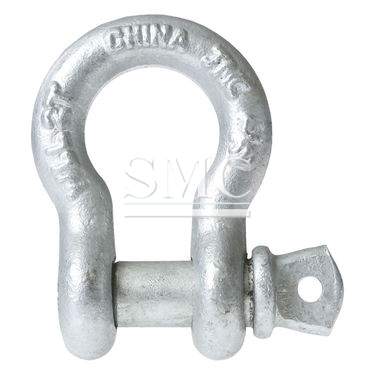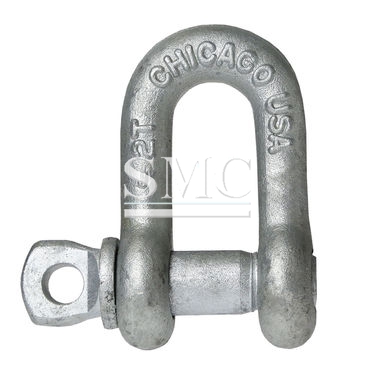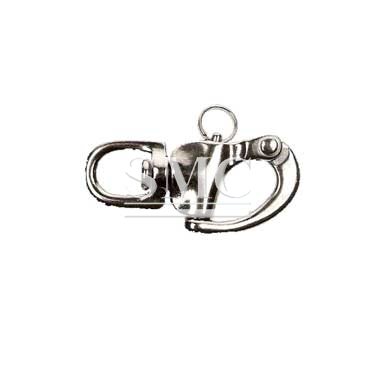
- Company overview The heart of SMC Vision & Philsophy Partnership Certifications Company culture
- Our service Design and Engineering Maintenance and Service Examine Production Line Upgrade and Transformation Storage and Logistics Processing, Trading and Distributor
- Management Our history Global responsibility Info Center
- Procurement center Internship
- Metal Steel Products Stainless Steel Products Aluminum Products Copper Products Galvanized Steel and PPGI Special Alloy Building Material
- Containers ISO Standard Container Equipment Container Storage Container Refrigerated/Reefer Container Offshore Container Container House Tank Container Container Fittings Container Trailer
- Gas Cylinder & Fire Extinguisher Cryogenic Liquid Cylinder Oxygen Gas Cylinder Storage Tank CNG Gas Cylinder LPG Gas Cylinder Hydrogen Gas Cylinder Nitrogen Gas Cylinder Industry Gas Cylinder Fire Extinguisher
- Metal Machinery Forming Machine Cutting Machine Processing Machine Bending Machine Block Machine Other Machinery Motor Spare Parts
- Mechanical Products Miscellany Mooring Equipment Marine Equipment Vehicle Industry Pressure Vessel Conveyor Belt Laser Equipment Bearing
- Electrical System Power Distribution Automation Electrical Cable Solar Power System Electric Protection System Transformer Production Line Lighting System
- Project Plastic Pipes and Pipe Fittings Fiberglass Reinforced Plastic Pontoon System
What are the differences between types of shackles?
Shackles are artificial in a spacious variety of types, styles, sizes, and fabrications, and with so many different privileges available, decide the right cumber for the thrust can be flustering.
Anchor shackle/bow shackle vs.chain shackle/D-shackle
Bow shackles and anchor shackles are terms that are often used interchangeably, as both names refer to a shackle with a larger, rounded “O” shape look. However, a bow shackle typically has a larger, more defined bow area than an anchor shackle. The rounded design of anchor shackles and bow shackles allow them to take loads from many directions without developing significant side load. The larger loop shape of an anchor shackle or bow shackle does reduce its overall strength, but it is also able to handle a larger strap.

Chain shackles are also known as D-shackles. Both refer to the “D” shape design. A d-shackle is narrower than a bow or anchor shackle and generally have a threaded pin or pin close. The smaller loop is designed to take high loads primarily in line. Side and racking loads may twist or bend a D or chain shackle.

Both types of shackles are generally always available in galvanized metal and stainless steel, and all come with different pin options as well.
Stainless steel vs. galvanized
Both stainless steel and galvanized metal offer excellent protection from rust and corrosion, making either a good choice.
In general, galvanized shackles are ideal for industrial applications where moisture is not a major issue. Galvanized steel has a thin coating of zinc oxide to protect the steel from elements that lead to corrosion and oxidation. Galvanized is also a great value as it tends to be less expensive than stainless steel, but still maintains the shackle’s strength and durability.
Stainless steel shackles are more corrosive-resistant and, are therefore ideal for marine applications. Our stainless steel shackles are made of type 316 stainless steel, which is considered “marine grade.” Type 316 marine grade stainless steel contains molybdenum, which makes it resistant to ocean water mist or spray, so it’s especially useful in extreme conditions or moisture or in a high chloride environment. Type 316 stainless D shackle equipment is ideal for sailing and yacht rigging uses.
A snap shackle is designed with a spring-activated mechanism so it can be used quickly and with one hand. These are excellent for jobs where speed is important, or when it needs to be repeated connected/disconnected. Because they generally have lower working load limits than comparable bolt type or pin type shackles, snap shackles are not recommended for heavy-duty applications. We offer four main types, all in Type 316 stainless steel: Swivel Eye, Swivel Jaw, Fixed Snap, and Rope Snap.

Pin options
The pin that locks a shackle can be a deciding factor on which will work best for your job. Pin styles range include loose pins, captive pins, round pins, screw pins, and bolt type pins. Screw pin shackles are popular because they offer a pin that is easy to connect and disconnect. Captive pin shackles offer a pin that cannot be removed from the bow of the shackle which is essential in various marine applications. Captive pins are also particularly popular for marine uses because they can’t be accidentally dropped in the water. Bolt type shackles secure with a bolt/nut/cotter pin combination and are popular for more heavy duty securement.
Shanghai Metal Corporation is a trusted aluminum alloy, aluminum foil price, stainless steel price and stainless steel manufacturer, kinds of stainless steel in china.
